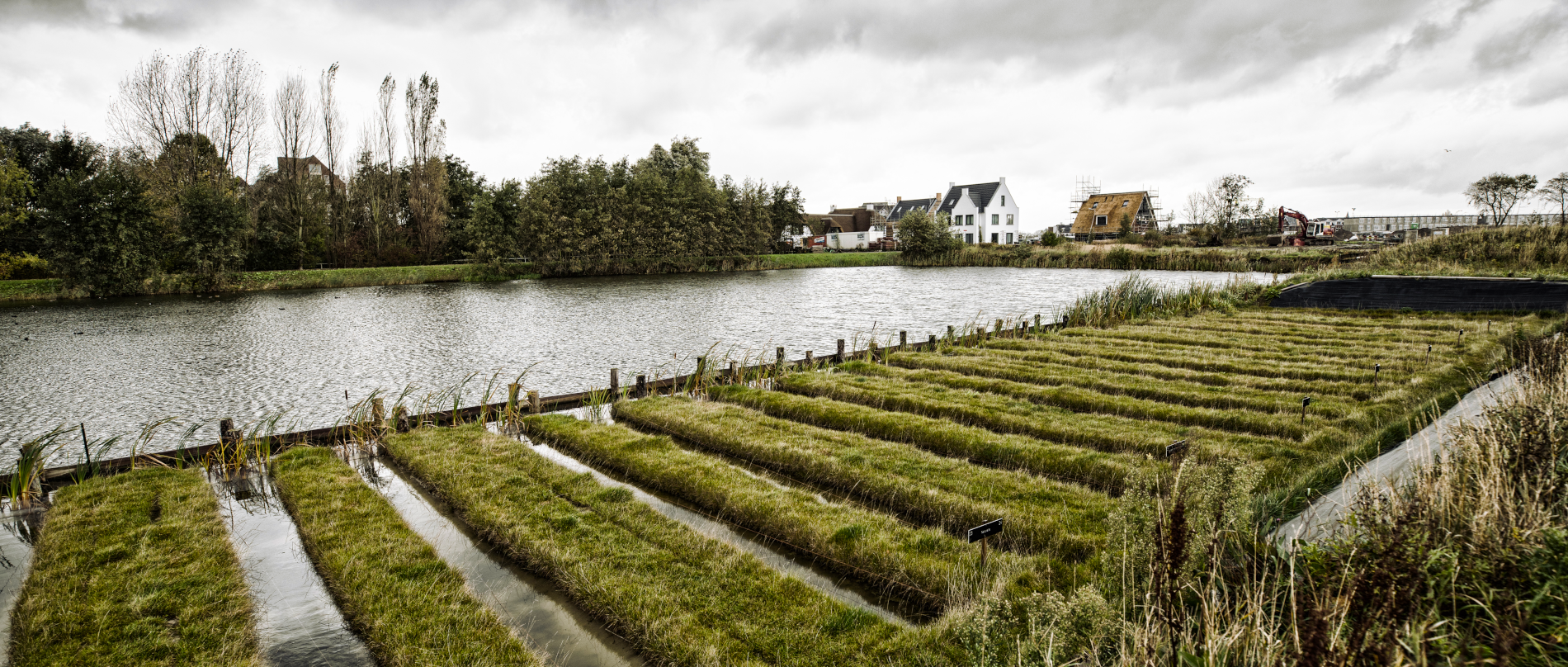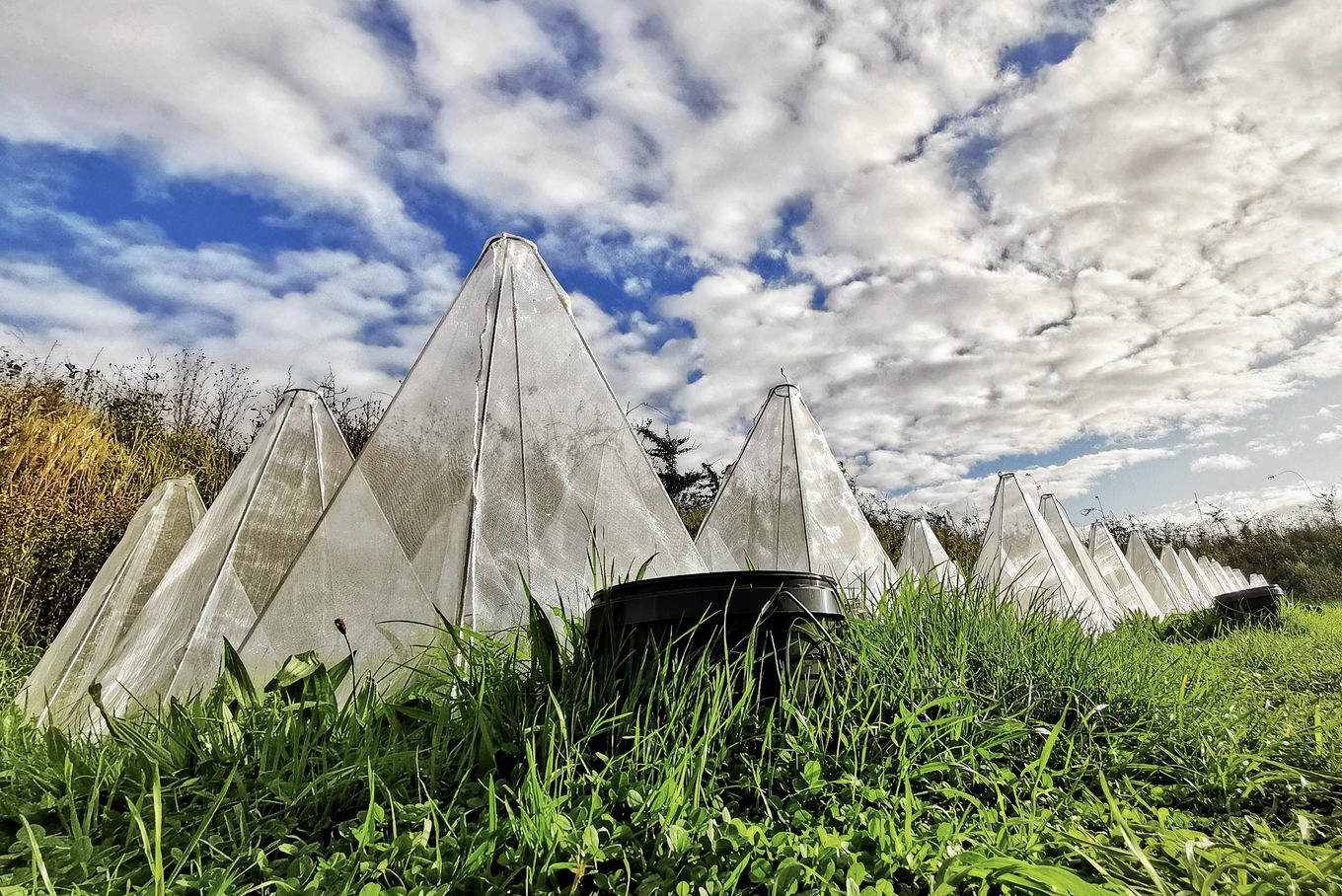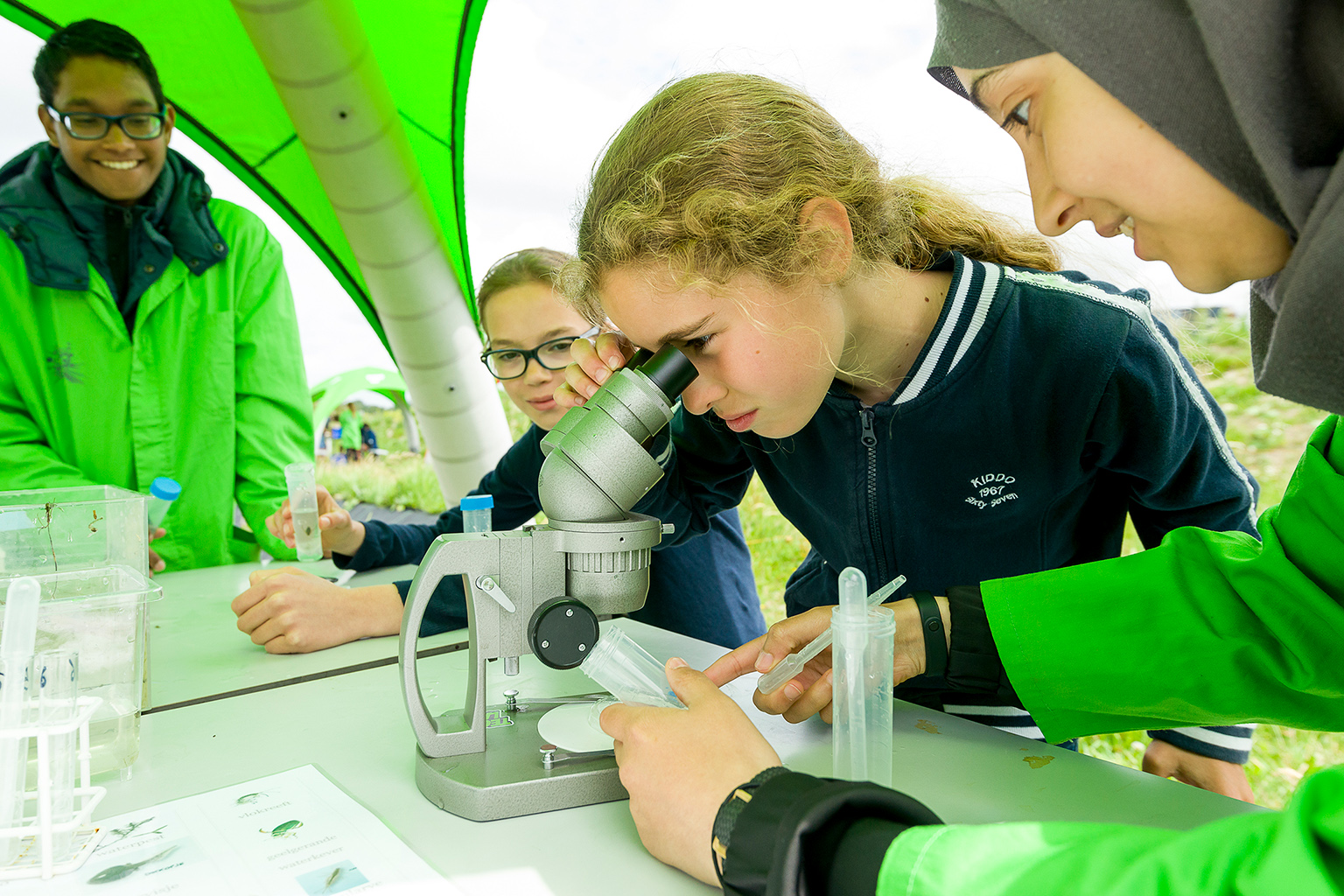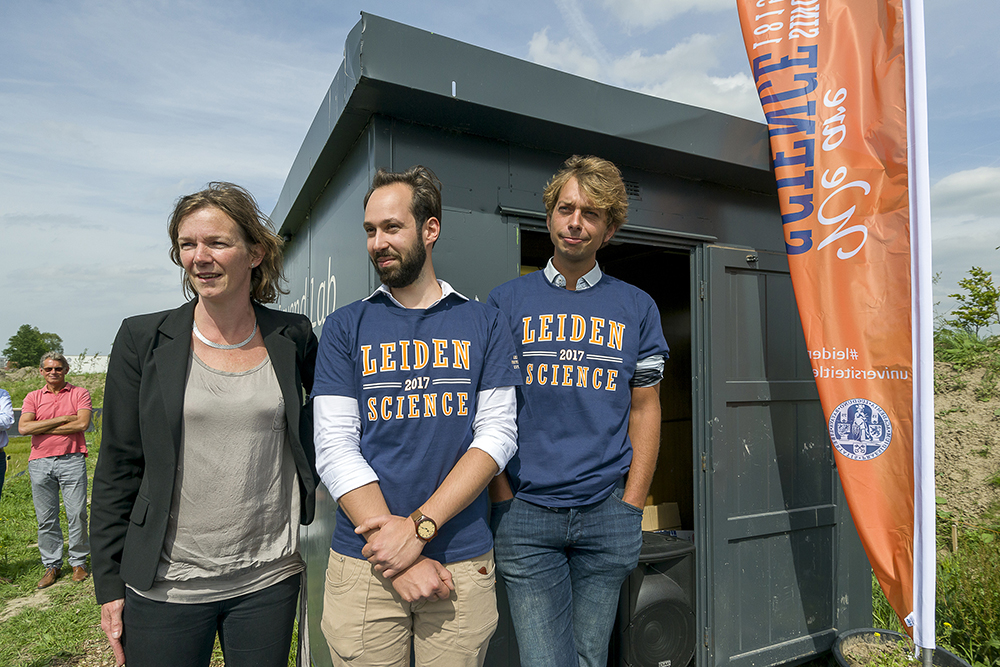Living Lab
What are the consequences of pollution from pesticides, fertilizers and microplastics for flora and fauna? Leiden scientists conduct research on biodiversity in a unique outdoor lab, the Living Lab. And they don’t do that on their own; school pupils and others who are interested can also join in.
The Living Lab consists of 32 ditches in the natural environment on the Leiden Bio Science Park. As the conditions are more natural than in a lab, the findings of the studies are much more reliable.
The lab was constructed in 2016, funded with 15,000 euros from crowdfunding. The money was used to dig the ditches and lay out the outdoor lab.
Education in biodiversity
The Living Lab is also an important place for education. Learners of all ages and levels are involved in the Lab, from junior school pupils to students in higher education. They have lessons on location or based on the teaching packages developed in the Living Lab.
The Living Lab in 2 minutes
This video can not be shown because you did not accept cookies.
You can leave our website to view this video.



